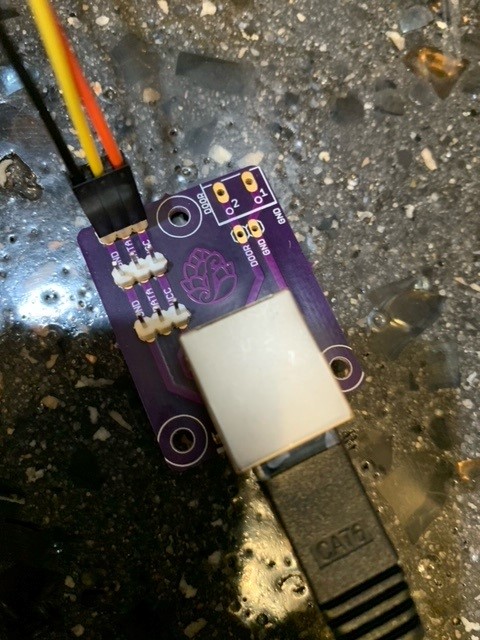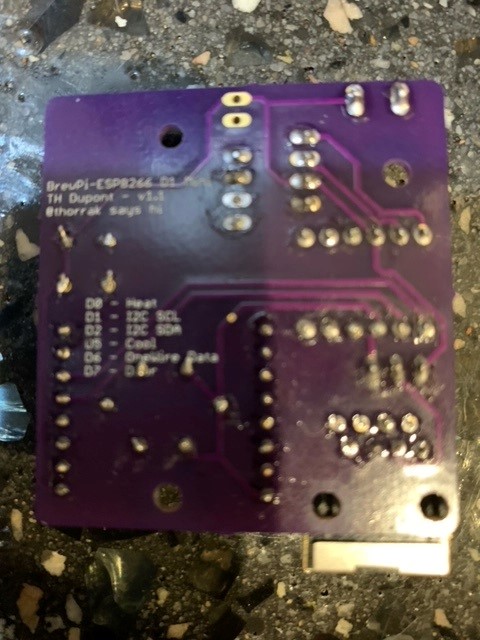Four years in the making, it's time to finally release the (beta version of the) latest BrewPi-ESP8266 firmware. This release contains a number of enhancements vs the previous "v11" firmware, including:
As with all of my firmware, The v14 beta firmware is available via BrewFlasher and BrewFlasher Web Edition. This version of the firmware can be directly accessed through the links below:
Good luck, and happy brewing!
- File system initialization enhancements
- Substantial refactoring and upgrades (e.g. JSON handling)
- Unified handling of Serial and WiFi output
- Add ability to add human-readable names to probes (Thanks @speshak)
- Add support for logging to Prometheus (Thanks @speshak)
- Added new “low delay” mode (preliminary glycol support)
- Swap SPIFFS for LittleFS for ESP8266 Builds
- Fix message displayed with temperature control is set to “OFF” (rather than IDLE)
- Added WiFi information command to get signal strength
- Add mandatory confirmation to firmware to prevent accidental EEPROM resets (“network scanner” bug)
- Adds support for TFT LCD Displays
- Adds support for "extended settings" not previously supported in BrewPi
- Adds Bluetooth scanning support
- Adds support for using Tilt Hydrometers as a temperature sensor
- Adds support for using @inkbird wireless temperature sensors (TH2 and TH2-Plus)
- Adds support for using TPLink Kasa WiFi switches
As with all of my firmware, The v14 beta firmware is available via BrewFlasher and BrewFlasher Web Edition. This version of the firmware can be directly accessed through the links below:
- BrewPi-ESP8266 - WiFi
- BrewPi-ESP8266 - WiFi Low Delay (not for use with compressor-based configurations)
- BrewPi-ESP8266 - Serial
- BrewPi-ESP32 WiFi TFT
Good luck, and happy brewing!










































![Craft A Brew - Safale BE-256 Yeast - Fermentis - Belgian Ale Dry Yeast - For Belgian & Strong Ales - Ingredients for Home Brewing - Beer Making Supplies - [3 Pack]](https://m.media-amazon.com/images/I/51bcKEwQmWL._SL500_.jpg)



















